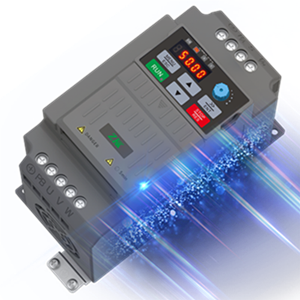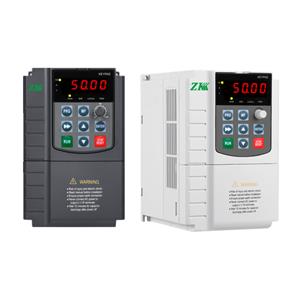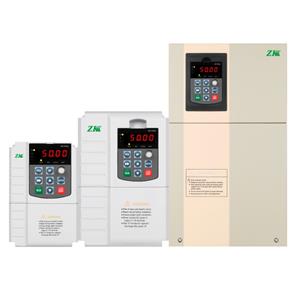Structure and principle of photovoltaic inverter
Inverter is a power regulating device composed of semiconductor devices, which is mainly used to convert DC power into AC power. It is generally composed of boost circuit and inverter bridge circuit. The boost circuit boosts the DC voltage of the solar cell to the DC voltage required by the inverter output control; In the inverter bridge circuit, the DC voltage after boosting is equivalent to the AC voltage of common frequency. The inverter is mainly composed of switching elements such as transistors. By regularly turning the switching elements on and off repeatedly (ON-OFF), the DC input becomes AC output. Of course, such inverter output waveform generated solely by open and close circuits is not practical. Generally, high frequency pulse width modulation (SPWM) is required to narrow the voltage width near the two ends of the sine wave, widen the voltage width at the center of the sine wave, and always make the switching element act in one direction at a certain frequency within a half cycle, thus forming a pulse wave train (quasi sine wave). Then let the pulse wave pass through a simple filter to form a sine wave.




